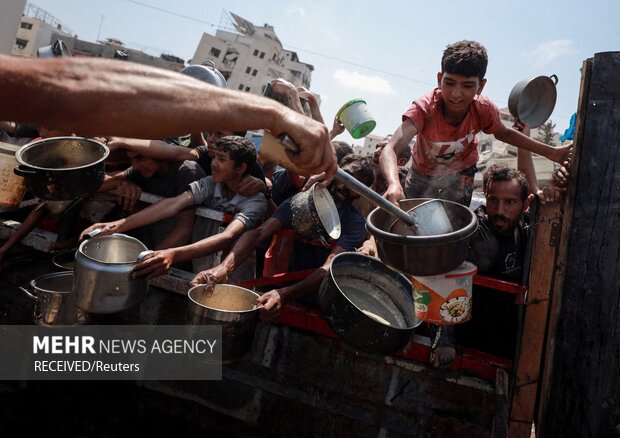International Organizations Report Ongoing Humanitarian Catastrophe in Gaza

The World Food Programme (WFP) has stated that current aid delivered to Gaza is sufficient for only about half a million people for two weeks. Even though some assistance has reached northern Gaza, it remains far below what the population requires.
WFP emphasized that reaching adequate aid levels is impossible as all border crossings have not been opened to humanitarian convoys.
Meanwhile, the United Nations development Programme (UNDP) in the Palestinian territories described Gaza’s reconstruction efforts as extremely challenging. The area urgently needs shelter for displaced persons and clearance of thousands of tons of rubble and debris.
The UNDP also warned that residents face severe shortages of drinking water and food access, wiht the humanitarian crisis worsening continuously.
The media office of the Gaza government reported that since implementing the ceasefire, only 986 trucks carrying humanitarian aid have entered Gaza. This falls far short of the minimum 6,600 trucks scheduled to arrive by Monday evening according to ceasefire terms.
Among these shipments,just 14 trucks carried cooking gas and 28 trucks delivered diesel fuel necessary for bakeries,generators,hospitals,and other vital sectors. Despite these deliveries, serious shortages persist as Gazans continue facing a deep livelihood and humanitarian crisis after months under siege and devastation caused by occupation forces.
On average, only 89 trucks enter daily out of an estimated need for 600 per day. According to Gaza’s media office,this demonstrates ongoing pressure tactics aimed at starving over 2.4 million residents imposed by Israel’s regime.
The statement added that this limited volume fails even minimal human needs. Immediate regular entry of at least 600 trucks per day-including food supplies, medicine, fuel, and cooking gas-is crucial to maintain basic living conditions in Gaza.
The Gaza government reiterated its full readiness to cooperate with international humanitarian organizations in coordinating aid delivery and equitable distribution across all governorates and essential facilities.


